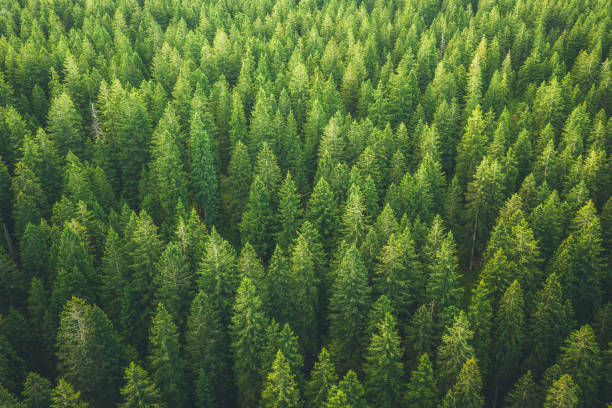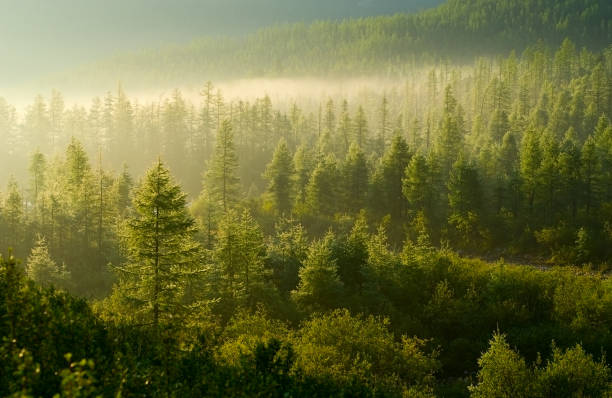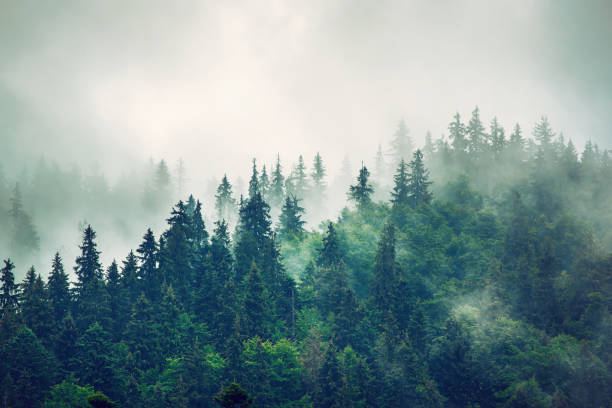Dome Valley - Whose Forest Is It, Anyway?
Louise Riddle for Matakana Coast App
02 August 2025, 7:38 PM

At Matakana Coast App, we’re rooted in the communities from Puhoi to Kaiwaka across to Mangawhai and down. As I reported a few weeks ago, the Dome a familiar drive is going to change radically. And while the forest may seem like a silent, slow-moving part of the landscape, its changes affect us all. From biodiversity to economics, visual beauty to road safety, forest decisions ripple through our lives.
Since reporting on the Dome Forest I have been taking notice of how pleasant the drive is and appreciating the view as I drive through. The trees may fall quickly. But the story of the forest is not over. I have been thinking about the forest and wondering who owns and manages the Dome forest? Here is what I have found out.
From Carter Holt to Corporate Forestry
In 2005, the land and forests you see in the Dome Valley were sold by Carter Holt Harvey, a long-standing Kiwi timber company, to an international consortium led by Rayonier Inc, a U.S.-based forestry corporation. That purchase, totalling over 94,000 hectares nationwide, marked the creation of Matariki Forests, which is now the third-largest forestry company in Aotearoa.
Rayonier owns 77% of the venture, while Stafford Capital Partners, a UK investment group, control the remaining 23%. Day-to-day management falls to Rayonier New Zealand, who oversee operations in forest blocks across Northland, including right here in Wellsford’s backyard.
The trees currently being harvested were likely planted between 1997 and 2000. Radiata pine typically matures around 28 to 30 years, and these stands are right on schedule. The felling was always part of the plan, though the construction of the new Ara Tūhono - Pūhoi to Wellsford motorway may have nudged the schedule for some blocks.
Who Profits from the Pines?
The harvest of Matariki Forest in Dome Valley is more than a local logging story. It’s a window into the complex machinery of international forestry investment, long-term land use planning, and what that all means for us the communities who live, work, and travel through these places every day.

Once the radiata is harvested, the logs begin a journey that often ends far from where they started. Many head to ports like Marsden Point and Tauranga, bound for markets in China, South Korea, and Japan. And the profits? They flow back to shareholders overseas.
While forestry companies pay local contractors, invest in road maintenance, and occasionally contribute to community funds, the lion’s share of revenue goes offshore. Rayonier Inc, listed on the New York Stock Exchange, distributes dividends globally. Stafford Capital manages forestry assets as part of international investment portfolios.
It’s global capital, at work in our hills.
Rayonier has confirmed that this area will be replanted in pine, continuing the 30-year cycle of planting, growth, and harvest. The land remains zoned for commercial forestry.
That means we’ll likely see a new generation of trees begin to rise within the next 1-2 years. But the forest will never return exactly as it was. Each harvest brings with it new roads, erosion risks, biodiversity loss, and changes to water catchments. Replanting isn’t replacement.
Some community voices have called for a future of more diverse planting native regeneration, mixed forestry, or at least ecological corridors within pine plantations. These ideas are gaining traction nationwide, but they rely on landowners being willing to forgo short-term profits for long-term benefit.
In the case of Matariki Forests, that decision lies with overseas shareholders.




